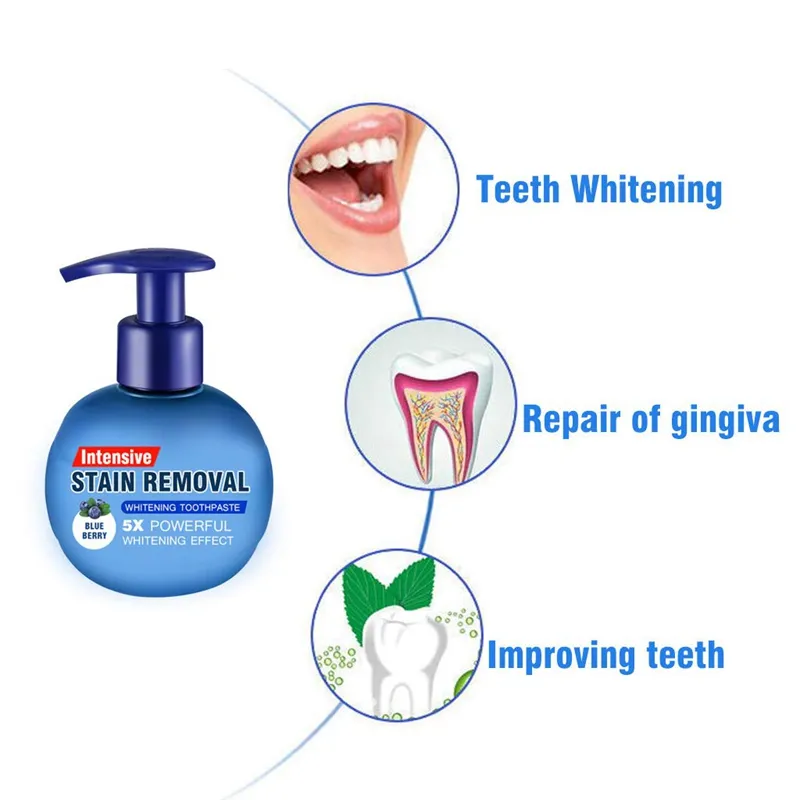Why Does Whitening Toothpaste Cause Tooth Pain?
The pursuit of a brighter smile often leads individuals to whitening toothpaste. However, sometimes this journey towards whiter teeth can be marred by an unwelcome companion – tooth pain. This discomfort isn’t just a minor inconvenience; it can significantly impact your daily life, making eating, drinking, and even breathing uncomfortable. Understanding why whitening toothpaste causes tooth pain is crucial for anyone considering or currently using these products. Several factors contribute to this issue, ranging from the toothpaste’s formulation to pre-existing dental conditions and improper oral hygiene practices. Recognizing these elements allows for informed choices and proactive measures to mitigate or eliminate the pain, ensuring a comfortable and effective whitening experience. This article will delve into the top five mistakes that can lead to tooth pain when using whitening toothpaste, providing insights and solutions to help you achieve a dazzling smile without the discomfort.
The Abrasive Nature of Whitening Toothpaste
One of the primary reasons whitening toothpaste can cause tooth pain is its abrasive nature. Most whitening toothpastes contain abrasive agents designed to scrub away surface stains and discoloration. While this process can effectively remove stains, it can also erode the enamel, the protective outer layer of your teeth. This erosion can expose the underlying dentin, which contains tiny tubules that lead directly to the tooth’s nerve. Once the dentin is exposed, the nerves become more susceptible to stimuli like hot, cold, or sugary substances, leading to the sharp, shooting pains often associated with tooth sensitivity. The abrasiveness of a toothpaste is measured by its Relative Dentin Abrasivity (RDA), a scale that indicates how abrasive a product is. The higher the RDA, the more abrasive the toothpaste, and the greater the potential for tooth sensitivity and pain.
Understanding Relative Dentin Abrasivity (RDA)

Relative Dentin Abrasivity (RDA) is a crucial factor to consider when selecting a whitening toothpaste. The RDA scale provides a standardized measure of the abrasiveness of toothpaste, offering a guideline for consumers to make informed choices. The scale ranges from 0 to over 200, with higher numbers indicating more abrasive products. Toothpastes with an RDA of 0-70 are generally considered low-abrasion, 70-100 are moderately abrasive, and those above 100 are highly abrasive. The American Dental Association (ADA) recommends toothpastes with an RDA of 250 or less. While abrasive toothpastes can be more effective at removing surface stains, they also pose a higher risk of damaging tooth enamel and causing sensitivity. Therefore, individuals prone to tooth pain or those with sensitive teeth should opt for toothpastes with a lower RDA to minimize the risk of discomfort and protect their enamel.
How RDA Affects Tooth Sensitivity
The RDA of a whitening toothpaste directly impacts the level of tooth sensitivity experienced by the user. Higher RDA values mean more aggressive abrasion, which, over time, can wear away the enamel, exposing the sensitive dentin beneath. Dentin contains microscopic tubules that lead directly to the tooth’s nerve, allowing stimuli like temperature changes or certain foods to quickly reach and irritate the nerve. This irritation manifests as sensitivity or pain. Even moderately abrasive toothpastes can contribute to sensitivity if used aggressively or for extended periods. Conversely, toothpastes with lower RDA ratings are gentler on the enamel, reducing the risk of erosion and sensitivity. This is particularly important for those who already have sensitive teeth or are prone to dental issues. Choosing a toothpaste with a lower RDA can be a proactive step in preventing or reducing tooth pain, allowing you to enjoy a brighter smile without the discomfort.
Chemical Irritants in Whitening Formulas
Besides abrasives, the chemical composition of whitening toothpastes can also contribute to tooth pain. Many whitening toothpastes contain chemicals like hydrogen peroxide, which is a bleaching agent. While effective at removing stains, hydrogen peroxide can also irritate the soft tissues of the mouth, including the gums and the inner lining of the cheeks. This irritation can lead to inflammation, sensitivity, and even pain. Other ingredients, such as harsh detergents or flavoring agents, can also cause irritation in some individuals. These chemicals can disrupt the natural balance of the oral environment, making the teeth more susceptible to sensitivity and discomfort. Therefore, understanding the ingredients in your whitening toothpaste is essential. Consider products with fewer harsh chemicals or those specifically formulated for sensitive teeth to minimize the risk of irritation and pain.
Hydrogen Peroxide and Its Role
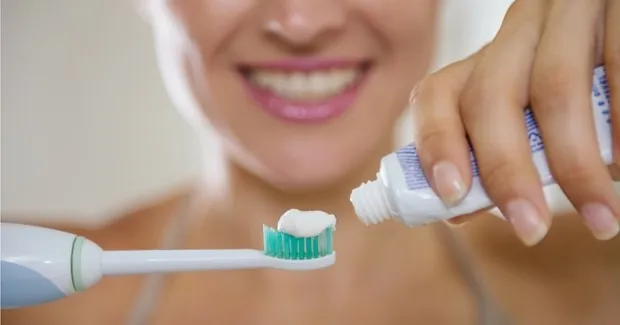
Hydrogen peroxide is a common ingredient in whitening toothpastes, acting as a bleaching agent to lighten the color of teeth. However, its effectiveness comes with a potential downside. Hydrogen peroxide can penetrate the enamel and dentin, reaching the inner layers of the tooth. This process can cause dehydration of the enamel, leading to increased sensitivity and discomfort. The concentration of hydrogen peroxide in whitening toothpaste varies, with higher concentrations potentially causing more significant sensitivity. The chemical can also irritate the gums and soft tissues, causing inflammation and pain. While hydrogen peroxide is effective for whitening, it’s essential to be aware of its potential side effects and to use products with caution, especially if you have sensitive teeth. Consider using a toothpaste with a lower concentration of hydrogen peroxide or consulting with a dentist about alternative whitening methods to mitigate potential pain and sensitivity.
Other Potential Irritants and Their Impact
Besides hydrogen peroxide, other ingredients in whitening toothpastes can contribute to tooth pain and sensitivity. Harsh detergents, often used to create foam, can irritate the gums and soft tissues, leading to inflammation and discomfort. Strong flavoring agents, such as certain types of mint, can also cause irritation, especially for individuals with sensitive mouths. Some whitening toothpastes contain specific chemicals designed to enhance the whitening effect, but these can sometimes cause sensitivity. Certain additives, like artificial sweeteners or preservatives, may trigger adverse reactions in some individuals. The cumulative effect of these irritants can exacerbate existing sensitivity or trigger new pain sensations. Always check the ingredient list and consider products formulated for sensitive teeth or those with natural ingredients to minimize the risk of irritation and discomfort. This approach helps maintain oral health while achieving a brighter smile.
Improper Brushing Techniques
Even with the right toothpaste, improper brushing techniques can amplify the risk of tooth pain when using whitening toothpaste. Brushing too hard or using a toothbrush with stiff bristles can lead to enamel erosion and gum recession. Both of these factors expose the sensitive dentin, making the teeth more vulnerable to pain and sensitivity. The goal of brushing is to remove plaque and debris, not to scrub aggressively. Brushing should be done with gentle, circular motions, ensuring that all surfaces of the teeth are cleaned without excessive pressure. Furthermore, using a toothbrush with soft bristles is crucial to avoid damaging the enamel and gums. If you are using a whitening toothpaste, adopting proper brushing techniques is essential to minimize the risk of tooth pain and maintain oral health. Focus on gentle cleaning rather than aggressive scrubbing, and always choose a toothbrush that is designed to be gentle on your teeth and gums.
Brushing Too Hard
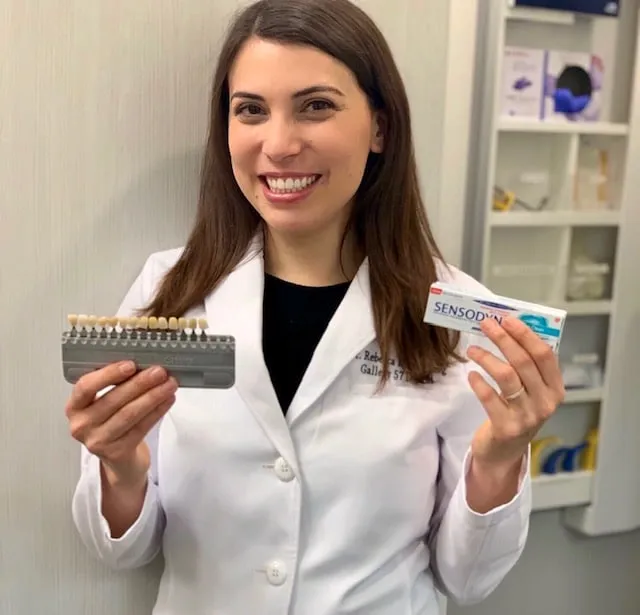
Brushing too hard is a common mistake that significantly contributes to tooth pain and sensitivity, especially when using whitening toothpaste. Aggressive brushing can wear away the enamel over time, exposing the sensitive dentin beneath. This erosion makes teeth more vulnerable to temperature changes and sugary foods, resulting in pain and discomfort. Brushing too hard can also cause gum recession, where the gums pull away from the teeth, exposing the roots. The roots are not protected by enamel and are inherently more sensitive. The damage from brushing too hard is often irreversible, making it crucial to adopt a gentler approach. Use a light touch, applying only enough pressure to feel the bristles making contact with your teeth. If you are unsure whether you are brushing too hard, consider asking your dentist for guidance on proper technique and pressure. The key is to clean your teeth thoroughly without causing damage.
Using the Wrong Toothbrush
The type of toothbrush you use can significantly impact your risk of tooth pain, especially when using whitening toothpaste. Choosing a toothbrush with hard bristles can be as detrimental as brushing too aggressively. Stiff bristles can abrade the enamel, leading to sensitivity and potential gum damage. Over time, this can cause the gums to recede, exposing the roots of your teeth, which are inherently more sensitive. A toothbrush with soft or extra-soft bristles is recommended for individuals with sensitive teeth or those using whitening toothpastes. These bristles are gentle on the enamel and gums, reducing the risk of erosion and damage. When selecting a toothbrush, look for one with rounded bristles to further minimize the potential for harm. Consider replacing your toothbrush every three months or sooner if the bristles become frayed to ensure optimal cleaning effectiveness and minimize the risk of injury. Using the right toothbrush is a crucial step in preventing tooth pain and promoting overall oral health.
Underlying Dental Issues
Pre-existing dental issues can significantly increase the likelihood of experiencing tooth pain when using whitening toothpaste. Conditions such as cavities, tooth decay, and gum recession can all contribute to sensitivity and discomfort. Whitening toothpastes, with their abrasive nature and potential irritants, can exacerbate these underlying problems. If you have any pre-existing dental issues, it’s essential to address them before using whitening toothpaste. This may involve treating cavities, addressing gum disease, or taking other necessary steps to ensure the health of your teeth and gums. Ignoring these underlying issues can worsen your sensitivity and lead to more severe dental problems. Regular dental check-ups are also essential, as your dentist can identify and treat any underlying issues, ensuring the effectiveness of your whitening efforts and preventing unnecessary pain.
Existing Cavities and Tooth Decay
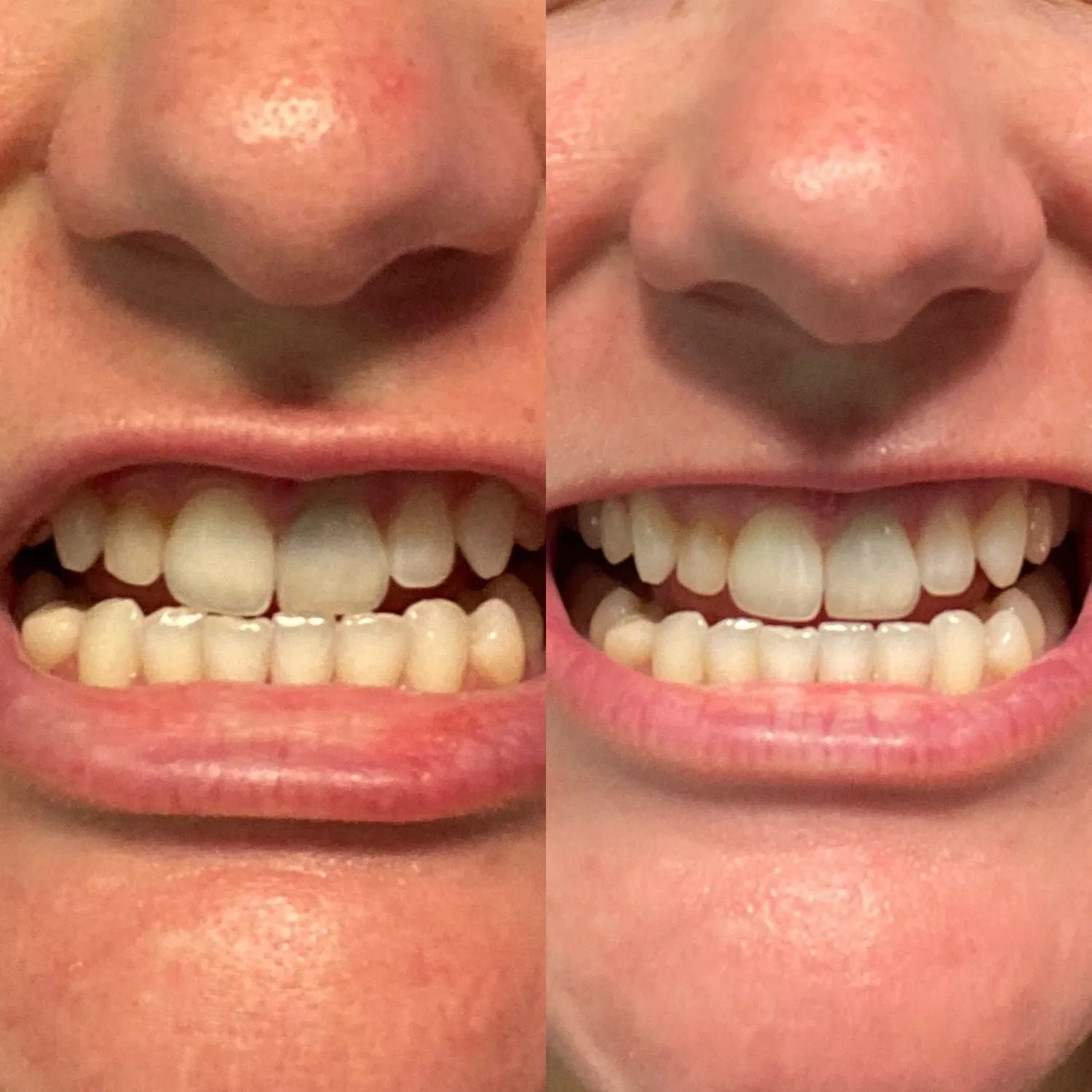
Existing cavities and tooth decay can make your teeth extremely vulnerable to pain when using whitening toothpaste. Cavities, which are holes in the enamel caused by bacterial infection, expose the sensitive inner layers of your teeth to external stimuli. The abrasive agents and chemical irritants in whitening toothpastes can easily penetrate these cavities, causing sharp, shooting pains. Furthermore, tooth decay weakens the enamel, making it more susceptible to damage and sensitivity. If you have existing cavities or signs of tooth decay, using whitening toothpaste can worsen your condition. It’s essential to have these dental issues addressed by a dentist before attempting to whiten your teeth. Filling the cavities and treating the decay will remove the source of the pain and sensitivity, allowing you to pursue teeth whitening with less risk of discomfort. Ignoring these issues will not only cause pain but can also lead to more extensive dental problems down the road.
Gum Recession and Exposed Roots
Gum recession, where the gums pull away from the teeth, is another dental issue that can amplify tooth pain when using whitening toothpaste. When the gums recede, they expose the roots of the teeth, which are not protected by enamel and are significantly more sensitive. The exposed roots contain numerous tubules that lead directly to the tooth’s nerve, making them highly susceptible to pain. Whitening toothpastes, with their abrasive nature and chemical irritants, can easily irritate these exposed roots, leading to significant discomfort. If you have gum recession, using whitening toothpaste can make your teeth extremely sensitive to hot, cold, and sugary foods. It’s crucial to address the gum recession with your dentist before using whitening toothpaste. They may recommend treatments to restore the gum line or suggest alternative whitening methods. Managing gum recession is vital to minimize tooth pain and maintain overall oral health, allowing you to pursue a brighter smile with minimal discomfort.
Choosing the Right Whitening Toothpaste
Selecting the right whitening toothpaste is key to minimizing the risk of tooth pain. Not all whitening toothpastes are created equal, and some formulations are gentler on the enamel and gums than others. When choosing a whitening toothpaste, it is essential to consider factors such as RDA, the presence of harsh chemicals, and whether the product is specifically designed for sensitive teeth. Opting for a toothpaste with a lower RDA value can reduce the abrasive effect on your teeth, and choosing a formula free of harsh chemicals can minimize irritation. It’s also a good idea to look for products that contain ingredients known for soothing and protecting teeth, such as fluoride. Always read product labels carefully, and if you have sensitive teeth or a history of tooth pain, consult your dentist for recommendations on the best whitening toothpaste for your needs. Making informed choices can help you achieve a brighter smile without the discomfort.
Identifying Tooth Sensitivity
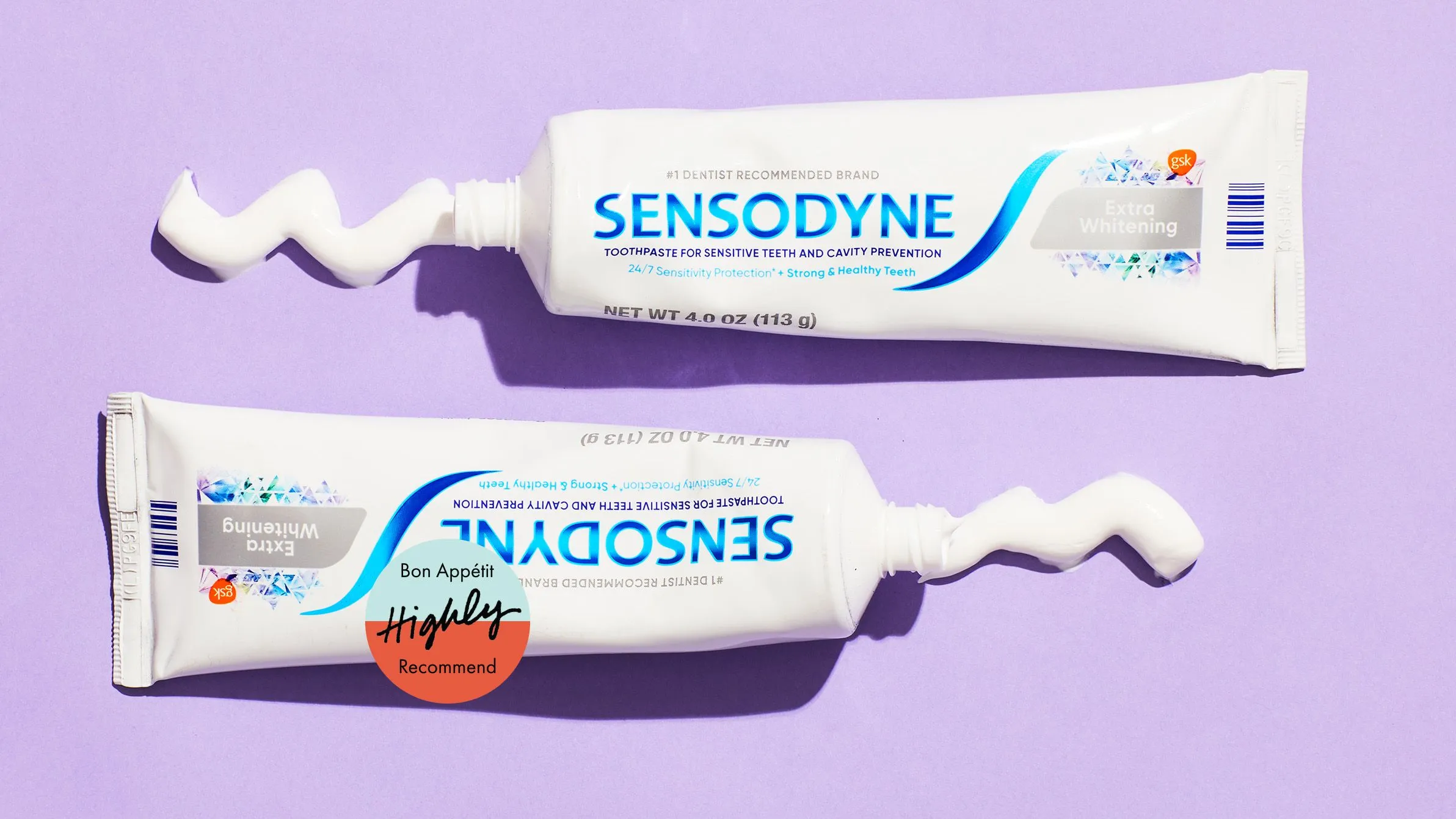
Identifying tooth sensitivity is the first step in choosing the right whitening toothpaste. Tooth sensitivity is characterized by a sharp, shooting pain or discomfort in your teeth in response to certain stimuli. Common triggers include hot or cold foods and drinks, sugary items, or even the touch of a toothbrush. If you experience these symptoms, you likely have some degree of tooth sensitivity. Recognizing the specific triggers and the severity of your sensitivity will help you select the most appropriate whitening toothpaste. You may need to try different products to find one that alleviates your discomfort. If your sensitivity is severe or persistent, consult with your dentist. They can help you determine the cause of your sensitivity and recommend the best course of treatment and the right toothpaste. Being aware of your sensitivity level will guide you toward a whitening toothpaste that won’t cause further pain.
Look for Lower RDA Formulas
One of the most critical factors when choosing a whitening toothpaste to minimize tooth pain is the RDA value. As mentioned earlier, the RDA measures the abrasiveness of the toothpaste. Toothpastes with a lower RDA are gentler on the enamel, reducing the risk of erosion and sensitivity. Look for products with an RDA of 70 or less, especially if you have sensitive teeth. While these toothpastes may not be as effective at removing surface stains as those with higher RDA values, they are less likely to cause pain. The lower the RDA, the less abrasive the toothpaste, and the lower the risk of enamel damage and sensitivity. Always check the product packaging for the RDA value before making a purchase. By selecting a toothpaste with a lower RDA, you can whiten your teeth while minimizing the risk of discomfort and maintaining the health of your enamel.
Selecting Toothpastes Without Harsh Chemicals
In addition to choosing a toothpaste with a lower RDA, selecting products without harsh chemicals can also help reduce tooth pain. Some whitening toothpastes contain chemicals like hydrogen peroxide and strong detergents that can irritate the gums and teeth, leading to sensitivity and discomfort. Look for toothpastes that are free of sodium lauryl sulfate (SLS), a common detergent that can irritate sensitive tissues. Also, consider products with a lower concentration of hydrogen peroxide, as higher concentrations are more likely to cause sensitivity. Many whitening toothpastes now offer gentler formulas with natural ingredients and fewer harsh chemicals. Opting for these products can significantly reduce the risk of irritation and pain. When selecting a toothpaste, read the ingredient list carefully and choose products designed for sensitive teeth to ensure a comfortable and effective whitening experience.
Considering Professional Advice

Consulting a dentist is crucial for anyone considering or experiencing tooth pain while using whitening toothpaste. A dentist can evaluate your oral health, identify the cause of your sensitivity, and recommend the most appropriate course of action. They can assess your enamel health, look for underlying dental issues like cavities or gum recession, and provide personalized advice based on your specific needs. A dentist can also recommend the best whitening toothpaste for your situation, considering factors such as your sensitivity level, the condition of your teeth, and the desired results. Professional guidance can prevent further damage to your teeth and gums. They can recommend alternative whitening options, such as professional whitening treatments, which are often more effective and less likely to cause pain. Regular dental check-ups are essential to maintain oral health and ensure a comfortable whitening experience. By consulting a dentist, you can achieve a brighter smile safely and effectively.
Consulting Your Dentist
Consulting your dentist is paramount if you are experiencing tooth pain related to whitening toothpaste. A dentist can perform a thorough examination of your teeth and gums to determine the underlying cause of your sensitivity. They can identify any existing dental issues, such as cavities, gum recession, or enamel erosion, that might be contributing to the pain. Based on their findings, they can recommend appropriate treatments, such as fillings, gum treatments, or enamel-strengthening procedures. Your dentist can also advise on the best type of whitening toothpaste for your specific needs. They may recommend a toothpaste with a lower RDA value or one specifically designed for sensitive teeth. They can provide guidance on proper brushing techniques to minimize the risk of further damage. A dentist can provide a tailored approach to oral health and teeth whitening, ensuring that you achieve a brighter smile while maintaining the health of your teeth and gums. Do not hesitate to schedule a dental appointment if you experience pain or discomfort.
Discussing Your Sensitivity Concerns
When consulting your dentist, it is crucial to openly discuss your sensitivity concerns. Inform your dentist about the type of tooth pain you are experiencing, when it occurs, and what triggers it. Be specific about the whitening toothpaste you are using, including the brand and any ingredients you are aware of. This information will help your dentist understand the potential causes of your sensitivity and provide accurate guidance. You should also inform your dentist about any previous dental treatments, existing dental issues, or medical conditions that could affect your oral health. Your dentist may ask questions about your oral hygiene habits, including how often you brush your teeth, the technique you use, and the type of toothbrush you have. Open and honest communication with your dentist will allow them to assess your situation accurately and provide the best possible recommendations for managing your sensitivity and achieving your desired results. This collaboration will help ensure a safe and effective approach to teeth whitening.
Alternative Whitening Options
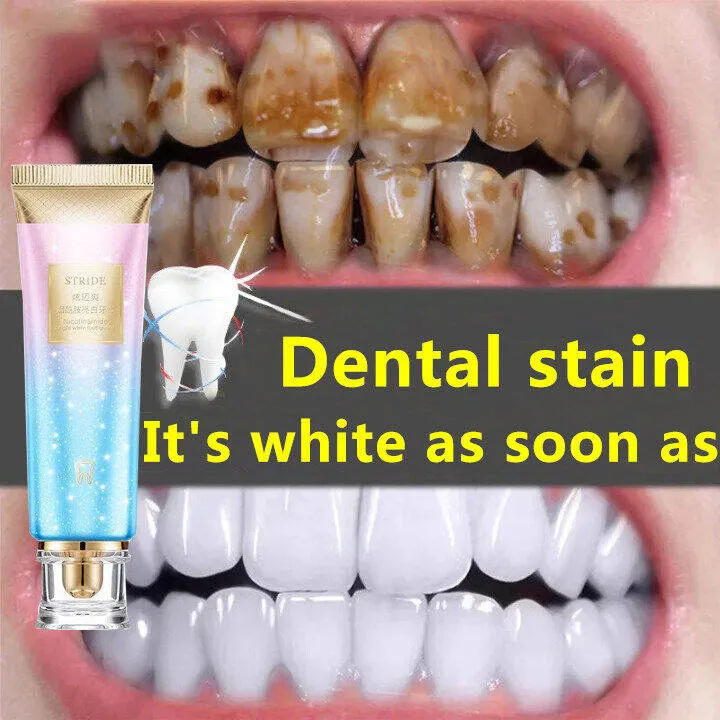
If you are experiencing significant tooth pain with whitening toothpaste, exploring alternative whitening options is essential. Professional whitening treatments, performed by a dentist, are often more effective and can be customized to minimize sensitivity. Your dentist can use stronger whitening agents and apply protective measures to reduce the risk of discomfort. Other alternatives to consider include custom-fitted whitening trays, which your dentist can provide for home use. These trays allow you to apply a lower concentration of whitening agent for a longer period, potentially minimizing sensitivity. There are also over-the-counter whitening products, such as whitening strips or gels, that may be less irritating than whitening toothpaste. The key is to discuss your options with your dentist. They can assess your teeth and gums and recommend the most appropriate and pain-free whitening method for your specific situation. By exploring alternatives, you can achieve a brighter smile without unnecessary discomfort and achieve your desired results safely and effectively.
